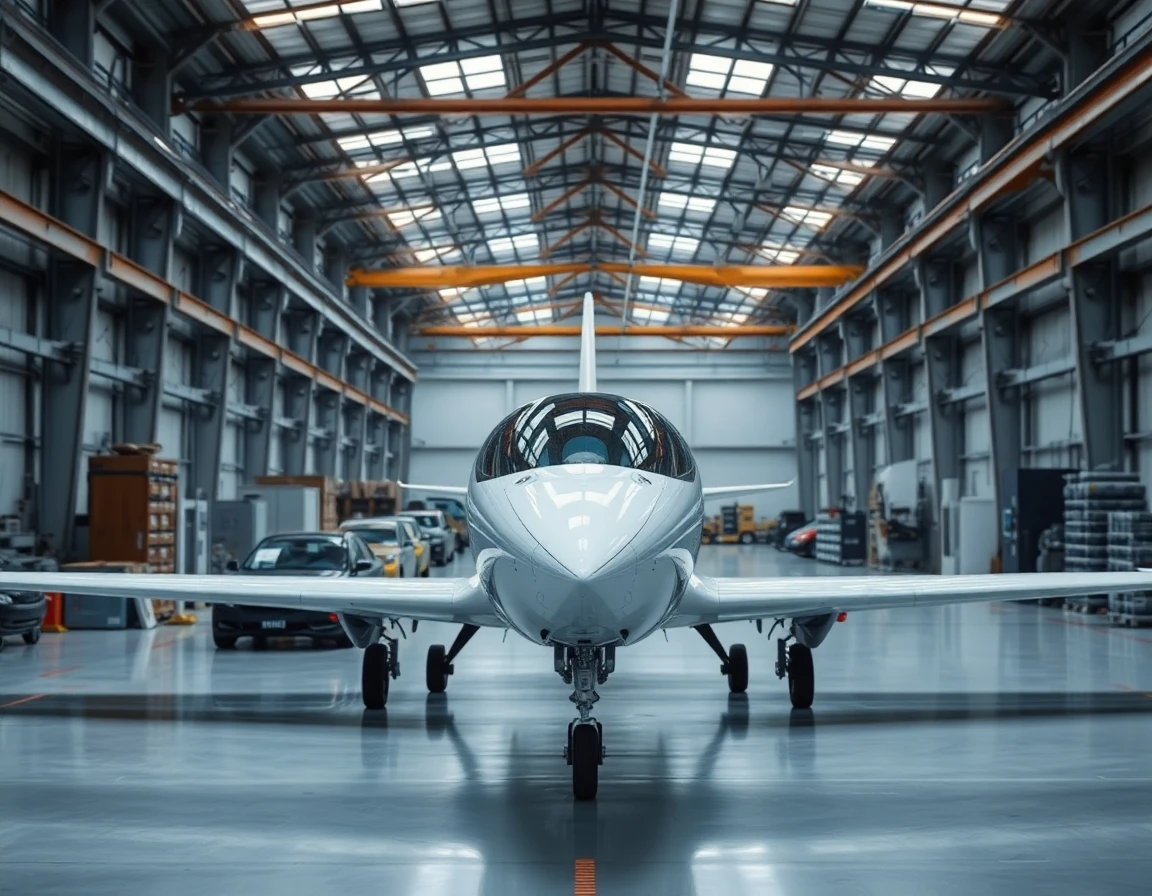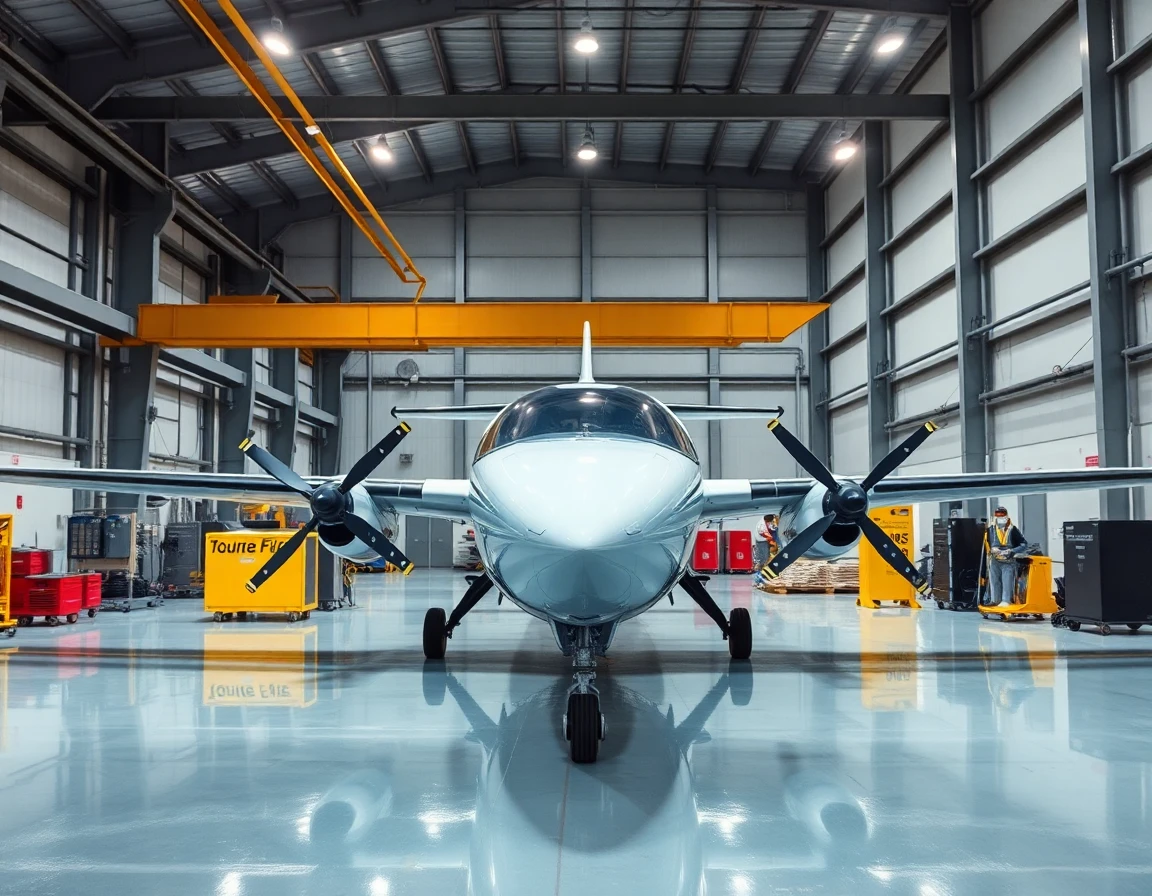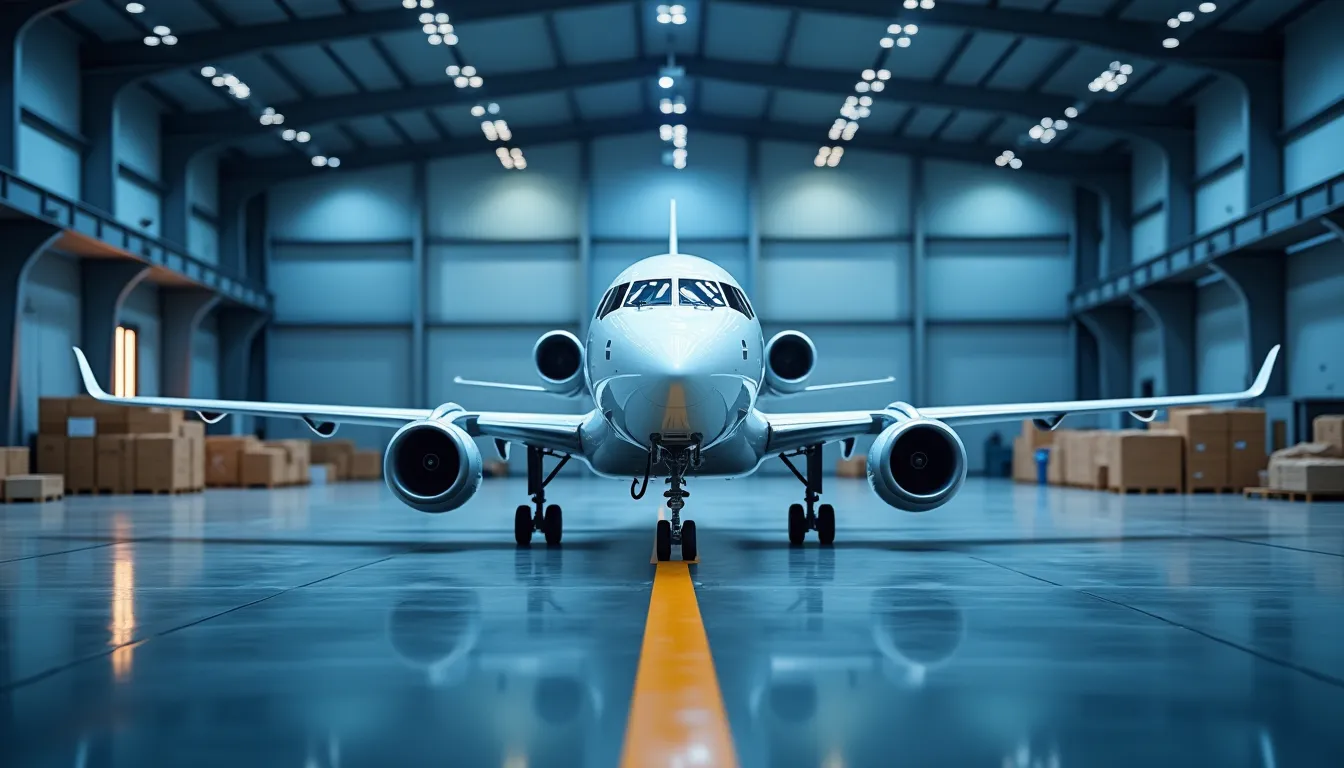Electric aircraft are no longer a futuristic dream; they are becoming a reality that promises to revolutionize the aviation industry. As the demand for environmentally friendly transportation rises, both commercial and military sectors are increasingly investing in electric propulsion systems. This article delves into the technical advancements, market potential, and future implications of electric aircraft.
The Electric Aircraft Revolution
The transition to electric aircraft is primarily driven by the need to reduce carbon emissions and operational costs. According to a report by the International Air Transport Association (IATA), aviation accounts for about 2-3% of global carbon emissions, prompting manufacturers to explore sustainable alternatives. Electric aircraft utilize electric propulsion, which can significantly decrease greenhouse gas emissions compared to conventional jet engines.
Technical Innovations in Electric Propulsion
Electric propulsion systems are characterized by their ability to convert electrical energy into thrust. These systems typically incorporate high-capacity batteries, electric motors, and advanced thermal management systems to ensure optimal performance. Notably, recent advancements in battery technology, such as lithium-sulfur and solid-state batteries, are enhancing the energy density and efficiency of electric aircraft.
For instance, the use of advanced sensor modules is becoming critical in electric aircraft design. These modules integrate three-axis gyroscopes and accelerometers to monitor flight dynamics and stability, which are essential during electric propulsion operations. The precision offered by these sensors allows for improved control and navigation, ensuring safety and reliability in flight operations.
Market Growth and Opportunities
The electric aircraft market is projected to expand significantly over the next decade. A report by MarketsandMarkets estimates that the global electric aircraft market will reach $26 billion by 2030, growing at a CAGR of 17% from 2023. This growth is fueled by increasing investments from aerospace giants like Boeing and Airbus, as well as startups focusing on urban air mobility.
In the commercial sector, electric aircraft are being developed for short-haul flights, with companies like Eviation Aircraft and Pipistrel leading the charge. The Alice, an all-electric commuter aircraft by Eviation, aims to serve regional routes with zero emissions.
Military Applications of Electric Aircraft
The military sector is also recognizing the potential of electric aircraft. The U.S. Air Force and Navy are exploring electric propulsion for unmanned aerial vehicles (UAVs) and advanced fighter jets. Electric propulsion not only offers lower operational costs but also the potential for stealthier operations due to reduced noise levels.
For example, the U.S. Navy’s experimental electric fighter jet, the X-47B, demonstrates how electric technologies can be integrated into military applications. The use of electric propulsion in military aviation can lead to enhanced mission capabilities and increased sustainability.
Challenges and Future Developments
Despite the promising outlook for electric aircraft, several challenges remain. Battery technology must continue to evolve to provide the necessary energy density for longer flights. Additionally, the infrastructure for electric aircraft charging and maintenance needs to be expanded to support widespread adoption.
Experts in the field emphasize the need for collaboration between airlines, manufacturers, and regulatory bodies to establish safety standards and operational guidelines for electric aircraft. Dr. Emily Hart, an aerospace engineer at the National Aeronautics and Space Administration (NASA), stated, “The future of electric aircraft hinges on our ability to innovate and adapt our infrastructure to support new technologies.”
Conclusion
The shift towards electric aircraft represents a significant leap forward in the aviation industry’s efforts to combat climate change. With advancements in electric propulsion technology, supportive regulatory environments, and increased investment, the future of aviation is poised to become more sustainable. As the industry navigates the challenges ahead, the potential benefits of electric aircraft—ranging from reduced emissions to lower operational costs—make them an essential component of aviation’s future.
By integrating cutting-edge technologies like advanced navigation systems, the electric aircraft sector is set to redefine what is possible in aviation, merging sustainability with innovation for a greener planet.



